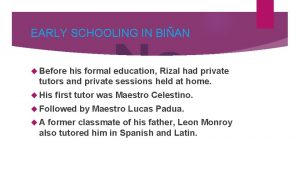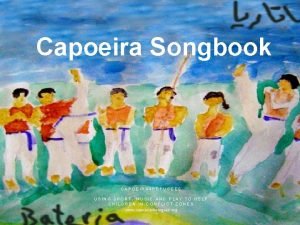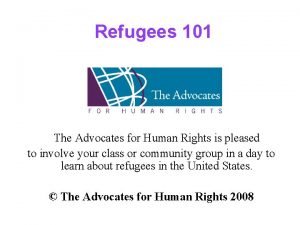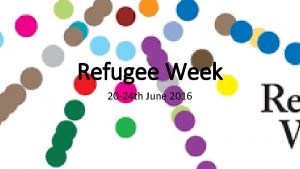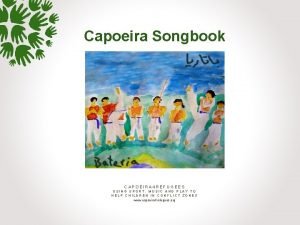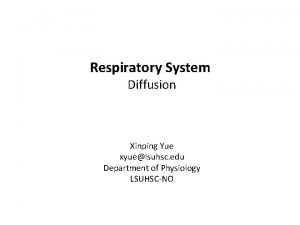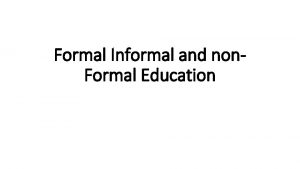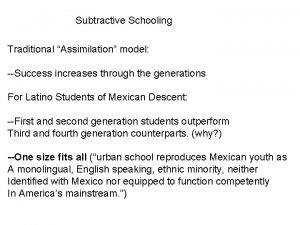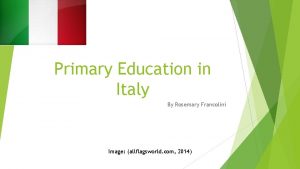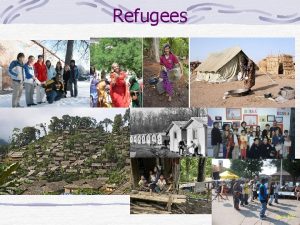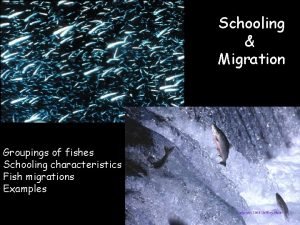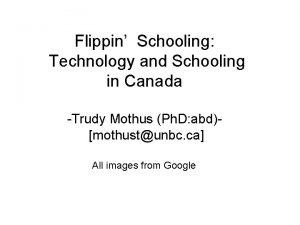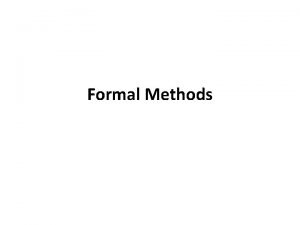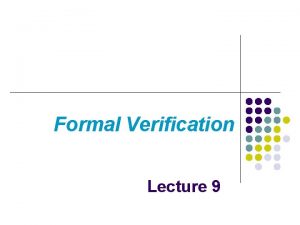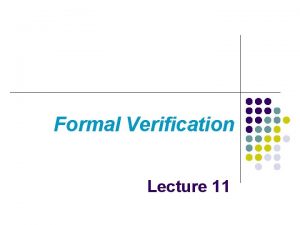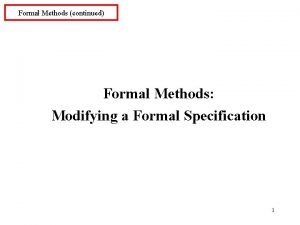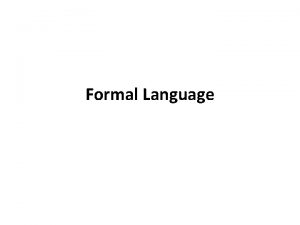TEACHING WITH LIMITED FORMAL SCHOOLING REFUGEES OVERVIEW n









- Slides: 9

+ TEACHING WITH LIMITED FORMAL SCHOOLING REFUGEES

+ OVERVIEW n Refugees are defined by the United Nations High Commissioner for Refugees (UNHCR) as those adults and children who are residing outside of their countries and who cannot return. The primary reason refugees cannot return to their homeland is the persecution they would face because of their race, religion, nationality, political opinion, or membership in a particular social group. n In Canada: n 10% of immigrants under the age of 5 are of refugee background n 14% of immigrants between the ages of 6 and 18 are of refugee background

+ CHALLENGES REFUGEE FAMILIES FACE IN CANADA n Lack of social and government supports n Unstable, broken, and/or unfamiliar home life and family situations n Trauma – past experiences and relocation – PTSD n Health issues – physical, psychological, and emotional n Financial issues – vicious cycle

+ LIMITED FORMAL SCHOOLING n A small subgroup of English Language Learners n Easy to miss and easily misunderstood n Minimal schooling in their native language, and low levels of literacy and numeracy n Limited literacy as a result of coming from a language background that has no written form, or in which writing is a relatively new technology n Some children may have been denied education because of gender, ethnicity, inability to pay fees, or being victims of forced labour or military services

+ BEST PRACTICES ELL VS. REFUGEES WITH LFS n ENGLISH LANGUAGE LEARNERS n n differentiated instructions, culturally responsive pedagogy, explicit language instruction REFUGEES WITH LIMITED FORMAL SCHOOLING n family – strengthening community service, adapted academic programming, targeted intervention

+ Strategies to Develop Learners n Targeted Intervention n Calgary Board of Education – LEAD program

+ Strategies to Develop Learners n SCHOOL CULTURE AND ORGANIZATION – LEARNING SCHOOL RULES n n n Use bathroom facilities Wait in line or wait for one’s turn Asking permission n Simon Says n Silly games, dance, drama n Social stories n Certain occurrences in the school environment may trigger anxiety or behavioural reactions: n n Dark corridors People wearing uniforms or heavy boots

+ Strategies to Develop Learners n n BASIC LANGUAGE AND LITERACY COMPREHENSION n Recognition that what they do know is probably from survival skills – might appear to know more than they do n ABC’S n 123 FIRST LANGUAGE SUPPORT n Use community mentors and tutors to help continued first language learning and to work as a translator for you

+ Strategies to Develop Learners n EMOTIONAL AND PSYCHOLOGICAL SUPPORT n Promote engagement n n n Building safety n Routines – choose important routines to celebrate (birthdays) n Establish regular activities Building connections n Build and rebuild safe relationships n Positive interactions – role model Developing emotional skills n Name a feeling – use feeling flashcards n Art therapy – allow the children to draw to express themselves – involves no language and allows them to communicate n Dance – use of music
